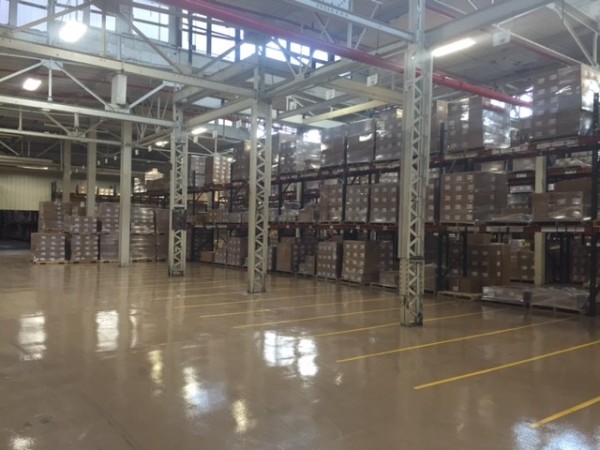Ever run out of something that you really need, but have too much of what you don’t need? Of course we all have and then we find ourselves stopping what we were doing to expiate what we were lacking. Happens both at work and at home.
A simple way to better control what you need, not run out of special components and not have excess of what you don’t need is to implement a replenishment system.
A replenishment system is a lean manufacturing tool that can easily be implemented to better control your inventories, insure you have what you need, reduce your costs and increase cash flow.

A replenishment system, known by other names such as:
- Pull System
- Two Bin System
- Kanban
- Min / Max
- Supermarket
is a simple information system that notifies you that the component has been used and is ready to be re-stocked. The system should inform you of the point at which to re-order and the re-order quantity. This is why it is considered an information system and you are allocating your limited resources (i.e. money, storage, people) based on the actual consumption rather than a forecasted demand.
The most effective information signals are simple and visual. The signaling mechanism can be a bin, empty space, card, light, etc.
We do it at home with consumable items, i.e. butter, flour, paper towels, beer, etc., which are typically put on a grocery list when we hit a particular point and we know we have to buy a certain amount to replenish. Plus, we add special items that are for “make to order”. The exact same concept can be used at work for both consumables, components, sub-assemblies, or finished goods (if there are made to stock).
To set the proper re-order point and re-order quantity we need data for each item. The data that we need is:
- Historical demand, not only in amount, but also in the frequency of demand. This will show us the variability of the demand over a particular time frame.
- Normal time (not expeditated) to replenish the calculated re-order quantity. This could be either manufacturing lead time or purchasing lead time, depending on if the item is a make or buy.
- A service level. That is, the percent that we are confident that we will have items on hand when needed. The higher the service level, the higher the expected inventory will need to be. If we want to have 99.7% confidence parts will be on hand the inventory will be higher than if we are 75% confident that we will have available parts.
Given this data, we can calculate the proper re-order point and adjust the re-order quantity and/or service level to determine: the expected inventory (cost & turns) and expected number of times / month that we will reach the re-order point and need to replenish. Adjusting these numbers will allow to see the effect on inventory and ordering as the re-order quantity is revised.
Once the re-order point and re-order quantity are set, we can determine and implement the simple visual cues to that the system relies on. Then the inventory will be in control and a standard re-order quantity established. We will only need to review the actual ordering frequency vs. the expected to see if the demand is rising of falling.
Insyte works side-by-side with manufacturers to improve their profitability and bottom-line results. To learn more about setting up a replenishment system to better control inventory, please contact us at info@insyte-consulting.com.

